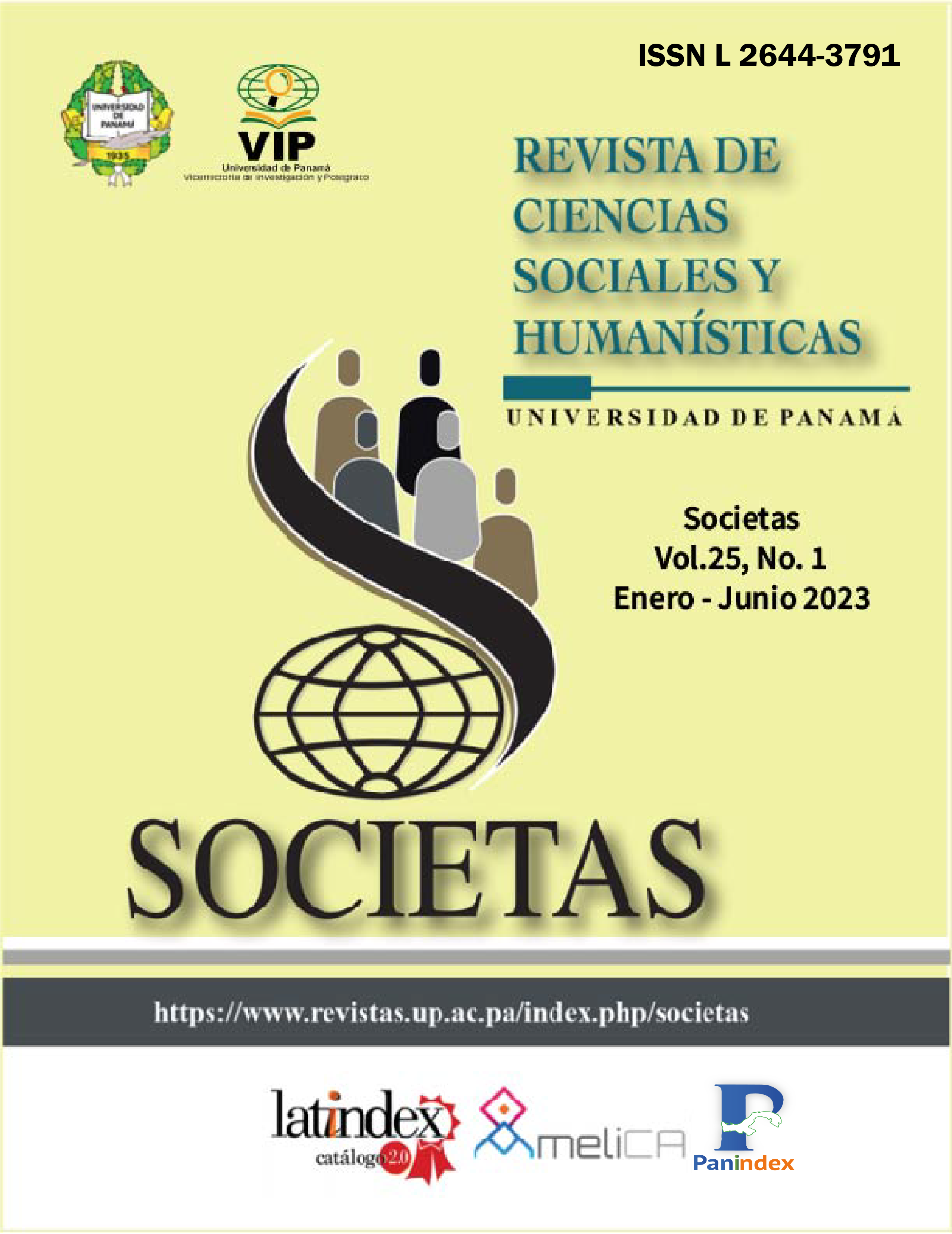


This work is licensed under a Creative Commons Attribution-NonCommercial-ShareAlike 4.0 International License.
This article aims to provide a historical analysis of Underwater Cultural Heritage (UCH) and archaeological research in underwater contexts in the country. Panama is the first country to ratify the 2001 UNESCO Convention for the Protection of the Underwater Cultural Heritage, which is 21 years old. The country has 2 500 km of coastline and 2 210 km2 of territorial waters, the Isthmus of Panama, and a valuable submerged heritage. The isthmus has been crossed, interacted with, and developed by various Central and South American cultures from the earliest times, with industries of Paleolithic traditions. It is also heir to an extensive maritime history that links pirates, privateers and enemy armies to Spain, trade and smuggling, wealth, and pearls, and suffered many shipwrecks due to storms and battles. In Panama, some exploration and research work has been carried out on submerged cultural property, and recently a research area in nautical and underwater archaeology has been created at the Universidad de Panamá.